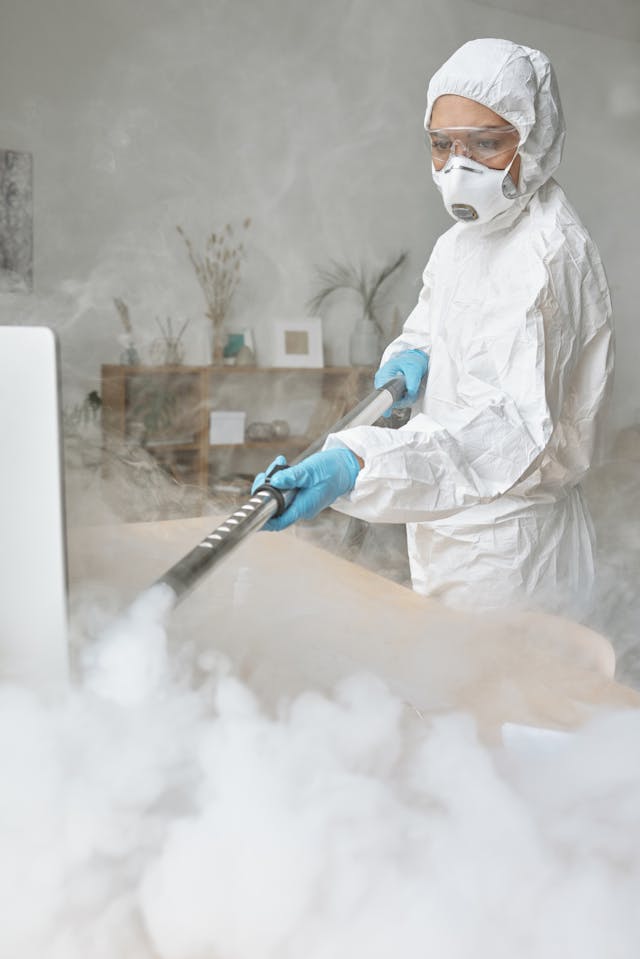
Simple Ways to Enhance Your Home’s Air Quality Today
Improving your home’s air quality has evolved beyond being merely a trend in the wellness sphere. It is a vital

It’s that time of year again—spring is on its way! While the warmer months are usually a cause for celebration, for many homeowners, it also means getting ready to address any HVAC-related issues and ensuring interior temperatures remain comfortable. After all, you don’t want to wait until the first heat wave of summer arrives only to find out your air conditioner isn’t running correctly. Now is the perfect time to run through this simple checklist that can help ensure your HVAC system is at peak efficiency throughout spring and beyond.
The best way to prepare your HVAC for spring is to schedule a professional inspection. During an inspection, a technician will clean your unit and perform any necessary repairs. They will also check your unit’s refrigerant levels and make sure that it is properly charged.
One of the most important things you can do to prepare your HVAC for spring is to change your air filter. A dirty air filter can restrict airflow and cause your unit to work harder than it needs to. As a result, changing your air filter can help improve your unit’s efficiency and extend its lifespan.
If your HVAC has an outdoor condenser unit, it’s important to clean it before the start of spring. Over the winter, your condenser unit may have become covered in dust, dirt, and debris. Cleaning it will help improve its efficiency and prevent problems down the road.
Another important thing to do before spring is to check your HVAC for leaks. Leaks can occur in both the ductwork and the actual unit itself. If left unchecked, they can lead to decreased efficiency and increased energy costs.
Finally, be sure to inspect all of your vents and registers before the start of spring. Make sure that they are not blocked by furniture or other objects. Additionally, check to see if any of the vents are closed or partially closed—this can restrict airflow and cause problems with your HVAC system.
Latest posts

Improving your home’s air quality has evolved beyond being merely a trend in the wellness sphere. It is a vital

Keeping the indoor environment sanitary has become a major concern for people who want to breathe healthier and cleaner air.